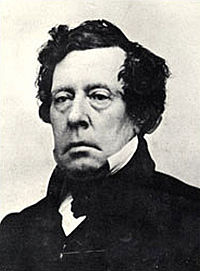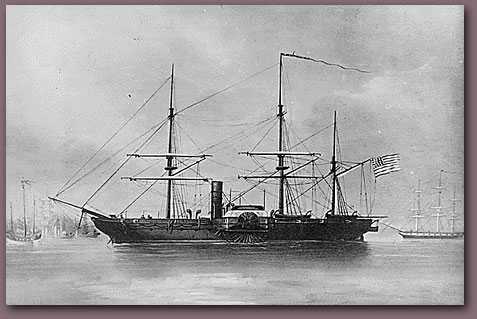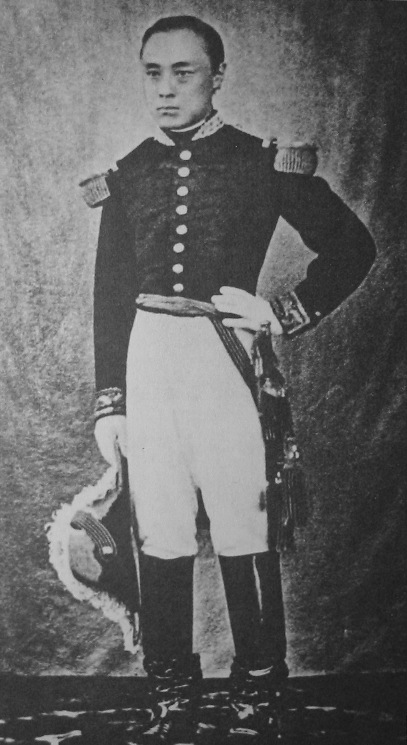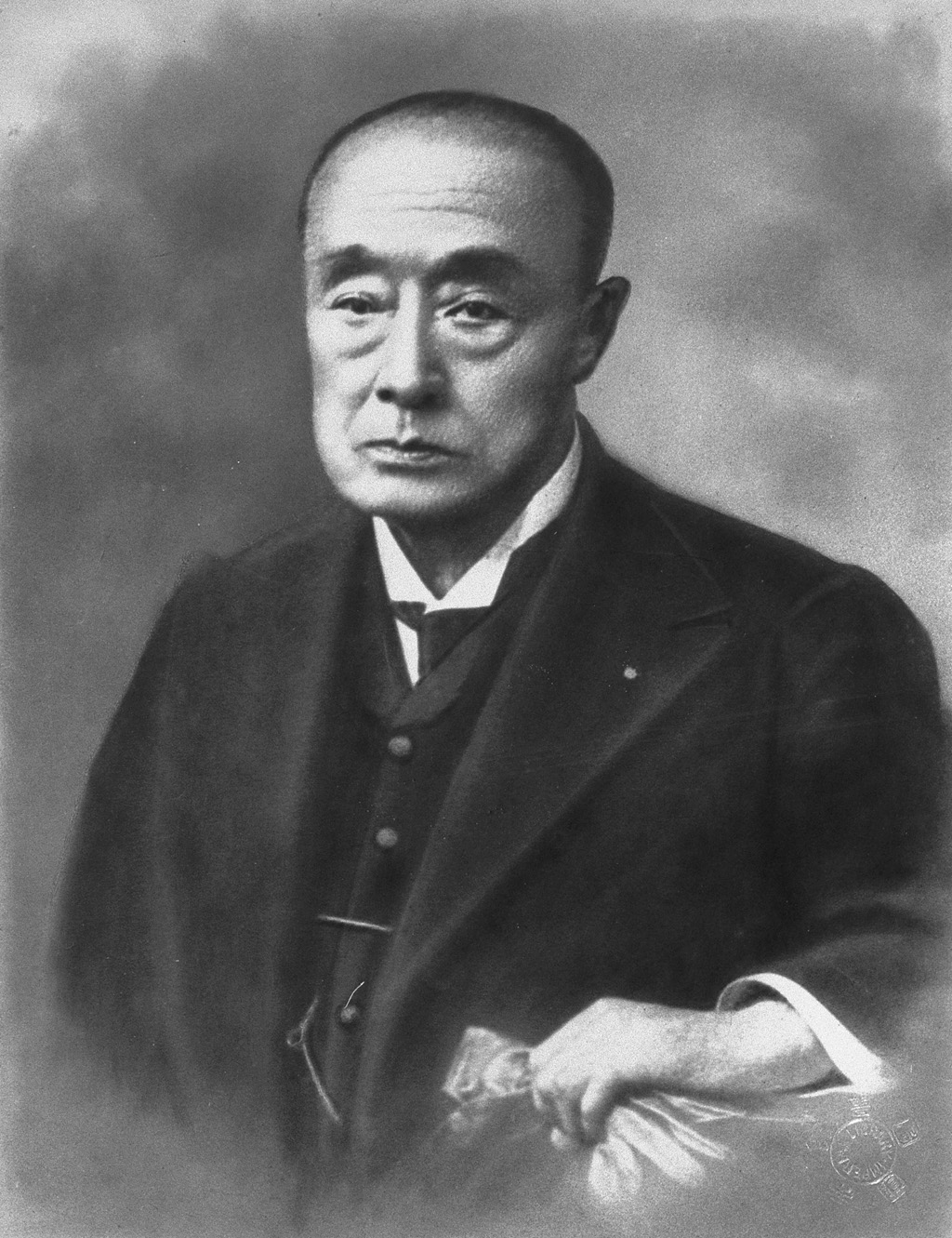



Foreign Crisis and the Meiji Restoration
Key Terms
Foreign Crisis of the 19th Century
"We have issued instructions on how to deal with foreign ships on numerous occasions. In the Bunka era [1804-17], we issued new edicts to deal with Russian ships. But a few years ago, a British ship [the Phaeton] wreaked havoc in Nagasaki, and more recently their rowboats have been landing to procure firewood, water, and provisions. Two years ago they forced their way ashore, stole livestock and extorted rice. Thus they have become steadily more unruly, and moreover, seem to be propagating their wicked religion among our people. This situation plainly cannot be left to itself. All Southern Barbarians and Westerners, not only the English, worship Christianity, that wicked cult prohibited in our land. Henceforth, whenever a foreign ship is sighted approaching any point on our coast, all persons on hand should fire and drive it off. If the vessel heads for the open sea, you need not pursue it; allow it to escape. If the foreigners force their way ashore, you may capture and incarcerate them, and if the mother ship approaches, you may destroy it as circumstances dictate. Note that Chinese, Koreans and Ryukyuans can be differentiated [from Westerners] by physiognomy and ship design, but Dutch ships are indistinguishable [from those of other Westerners] . Even so, have no compunctions about firing on [the Dutch] by mistake; when in doubt, drive the ship away without hesitation"
Domestic Unrest
“First we shall execute those officials who torment and harass those who are lowly. Next we shall execute those rich merchants in the city of Osaka who are accustomed to the life of luxury. Then we shall uncover gold and silver coins and other valuables they hoard as well as s of rice kept hidden in their storage houses. they will be distributed to those who do not own fields or have a hard time supporting fathers, mother, wives or other members of the family . . . All kami will be impressed with our efforts in restoring society and will instill governors who can rule with magnanimous generosity. We shall rectify the trends in extravagance and debauchery in a thorough cleansing of the corrupt. All people of the four seas will always be grateful for the Heaven’s grace. Each father, mother, wife, and child will be tended to. Everyone will be freed from the hell of their current lives. The Buddhas in Nirvana of the afterlife will appear right before your eyes. Even if it is difficult to restore an era of Imperial rule from Amaterasu or the reigns of Yo and Soon, we can be sure that we will improve our conditions.”
Culmination of Crisis: Arrival of Commodore Matthew Perry in 1853
Eager to establish the US as a Pacific power, and Pres. Millard Fillmore sends a high-ranking naval officer to Japan to request a trade treaty. -- WHAT ARE PERRY'S GOALS
 |
 |
Photograph of Perry |
Portrait from Harpers New Monthly 1856 |
 |
 |
c. 1854 Japanese print |
c. 1854 Japanese print |
Perry wanted to intimidate Japan into signing a treaty, but did not want to start a war, so his fleet included two steamships
 |
 |
 |
A US lithograph of Perry's USS Powhatan |
A Japanese watercolor (c. 1854) Ryōsenji Museum |
A more fanciful view, revealing the artists fears and preconceptions |
http://ocw.mit.edu/ans7870/21f/21f.027/home/vis_menu.html
WITHIN 14 YEARS THE SHOGUNATE HAS COLLAPSED -- WHY?
Key Questions for the Meiji Restoration (1868)
Outline of Restoration
| I, Yoshinobu, humbly cognizant of the history of the imperial land [observe that], in ancient days the reigns of imperial rule 王綱紐 loosened and court families took control. Then, after the wars of Hogen (1156) and Heiji (1159), political power shifted to warriors, and my forefather [Ieyasu] received the direct favor [of the imperial court] 寵眷, and was succeeded by his descendants for over two hundred years. Although I serve in that capacity, [I acknowledge that] governmental and legal improprieties are not few in number. Although we have reached the current situation, I am filled with unbearable fear and remorse 慙懼 for my failings 薄徳. Moreover, today, as intercourse with foreign lands 外国 increases day by day, if the authority of the imperial court does not manifest itself, it will be difficult to establish public order 綱紀. If we reform old customs, return political authority to the imperial court, have thorough debate within the realm 天下ノ 公議, revere the court’s decisions 聖断, cooperate and reach unanimity, and together defend the imperial land, then we will certainly rank with the nations of the world 海外万国ト並立. I, Yoshinobu, believe that I have done nothing more than this in my service to the state. However, since there [various] opinions on what to do, I summoned the daimyō. In light of this, I humbly submit this statement. | 臣慶喜謹テ皇国時運之改革ヲ考候ニ、昔王綱紐ヲ解テ相家権ヲ執リ、保平之乱政権武門ニ移テヨリ、祖宗ニ至リ更ニ寵眷ヲ蒙リ、二百余年子孫相受、臣其職ヲ奉スト雖モ、政刑当ヲ失フコト不少、今日之形勢ニ至リ候モ、畢竟薄徳之所致、不堪慙懼候、況ヤ当今外国之交際日ニ盛ナルニヨリ、愈朝権一途ニ出不申候而者、綱紀難立候間、従来之旧習ヲ改メ、政権ヲ朝廷ニ奉帰、広ク天下之公儀ヲ尽シ、聖断ヲ仰キ、同心協力、共ニ皇国ヲ保護仕候得ハ、必ス海外万国ト可並立候、臣慶喜国家ニ所尽、是ニ不過奉存候、乍去猶見込之儀モ有之候得者可申聞旨、諸侯江相達置候、依之此段謹テ奏聞仕候 以上 |
 |
 |
 |
Tokugawa Yoshinobu c. 1866 |
Tokugawa Yoshinobu c. 1866 |
Tokugawa Yoshinobu c. 1900 |